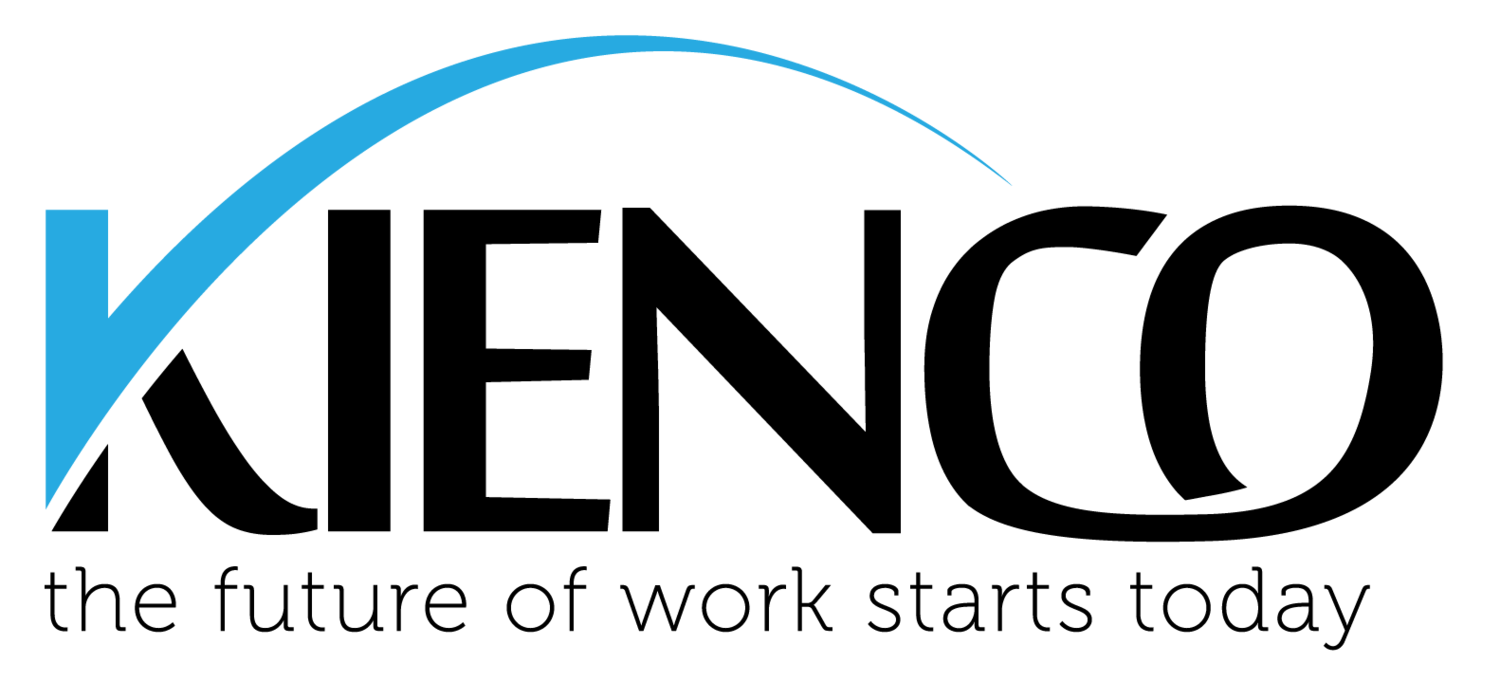My Name's Alex Hagan, I'm the founder and CEO of Kienco. If you're at this page, chances are it's because I've given you a business card.
Every one of my business cards tells a different story. There's about 100 of them and I chose this card for you because I want to tell you this specific story.
You've probably heard about crowdsourcing - the term dates back to 2005, but the concept dates back as early as 1714. In those days, merchant and naval fleets had a huge problem - while it was relatively easy to figure out your latitude by the position at of the sun, it was impossible (at least during the day time) to accurately determine the longitude. As a result, many ships were either inefficient, or at the bottom of an ocean. Or both, presumably. The British Government launched a competition with prizes for those who could advance research into a simple and practical method for determining a ship’s longitude, and "crowdsourcing" was born.
Perhaps most telling about the power of Crowd-sourcing is the fact that Harrison had received limited education, but had a keen interest in machinery and was able to solve one of the 18th Century's most critical scientific challenges - one that had eluded government astonomers and mathematicians for decades.
197 years later, in 1911, another international competition was launched, this time for the design of the city now known as Canberra, the capital city of Australia. Canberra is known as the "bush capital" and is the only Capital City in Australia that's not coastal. Designed in a global competition, the Federal Department for Home Affairs thought they might as well crowdsource it's name too, and launched a national competition. Favourites included "Myola", "Federalia", and "Canberra"; as well as the less likely "Frontierland", "The Aryan City", "Utopia", and "Camelot". Some suggestions were on the Sydney / Melbourne rivalry theme ("Sydbourne"), others tried to incorporate all the existing state capitals of Australia ("Meladneyperbane" - unfortunately forgetting Hobart, and therefore probably disqualifying that entry). (source: The West Australian, Friday 24 January 1913).
In the end, the name Canberra was chosen - a name long associated with the location. Believed to be an Aboriginal word for "meeting place" (appropriate for the seat of Federal Parliament), it was later confirmed that the more literal translation was "A woman's cleavage", as Canberra is in a valley between two mountains (whoops!)
A more contemporary example, in 2016 the UK's National Environment Research Council ran a crowd-sourced competition to name a new polar research vessel. The most popular vote was Boaty McBoatface, though the ship in the end was named RSS Sir Richard Attenborough. The submersible on the ship, however, IS called Boaty McBoatface. Sometimes crowdsourcing can go wrong - just ask NERC (or Vegemite, or McDonalds).
Crowdsourcing isn't a new model for work, but it's one that's been supercharged by the world-wide web - and it's hard to believe that it was little more than 25 years ago that the world wide web was born. Since 2011, more than 18,000 labour market platforms, including crowdsourcing platforms like Quirky, Kaggle, and 99Designs have emerged. They offer the promise of mass input into innovation outside of your traditional organisational boundaries. They also blur the lines of what a workforce is. Although workers still need to be sourced, recruited, motivated, compensated, and retained in these platforms, the hiring organisation has no formal contract with them. In many cases, we don't even know their identity. Utilising crowdsourcing has a profound impact on our workforce practices and culture, and can have complex legal implications - but it's also an enormous opportunity for today's organisations. If you need to innovate (and who doesn't?), crowdsourcing might be part of your toolkit. Like all tools, it can be used to great effect if used judiciously, carefully, and for the right purpose - and dangerous if it isn't.
Crowdsourcing is one of hundreds of trends that we track at Kienco to see how The Future of Work is being transformed. But just between you and I, many of the things that we think about representing the future are, in fact, already here.
Part of the work we do at Kienco is to help organisations identify the drivers and trends that will provide either opportunities, risks, or (more commonly) both of these to their business models. And then we help them determine how best to navigate the landscape of opportunity. It's a critical part of Strategic Workforce Planning, but often impacts business models, product strategy, and marketing strategy too.
If you'd like to explore how your organisation can be successful in executing your vision and mission in this landscape of opportunity we call VUCA, if you'd like to be a "Future Maker", and if you'd like your strategies to be robust and agile in the face of a fast-changing landscape, then let's have a chat about how we can work together.
Thanks for reading.
Alex
0430 734 142 | 1800 KIENCO | Email | Newsletter

